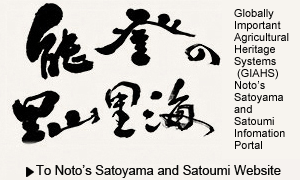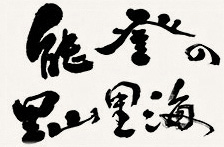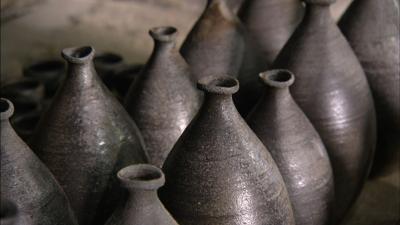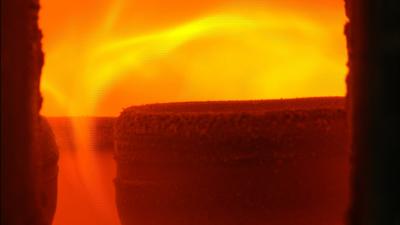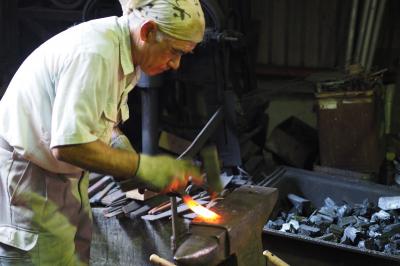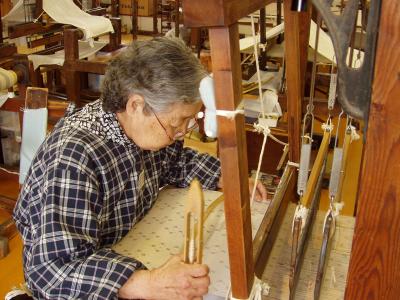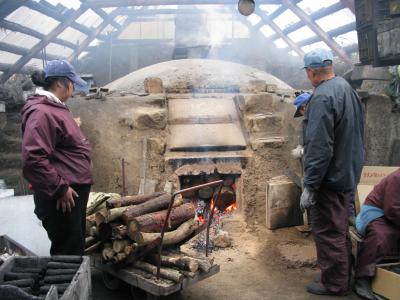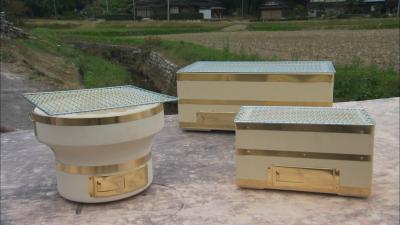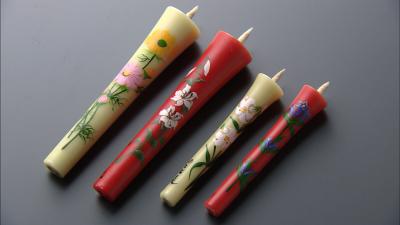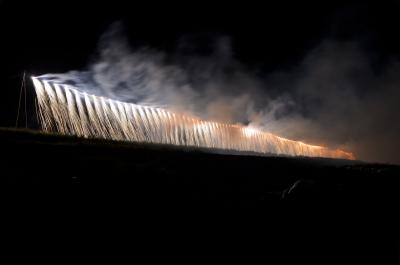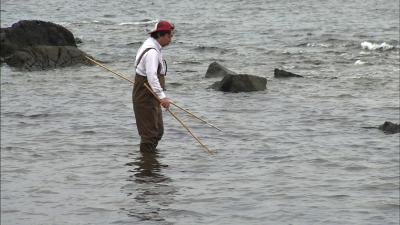
Name
Suzu Pottery
Address
Suzu City
Category
Life
Class
Designation
Suzu City Tangible Cultural Asset (March 1993)
Comment
Pottery was manufactured in Suzu from the mid-Heian period through the Muromachi period. About 30 old kilns have been found in the area, and they show that Suzu pottery is a type of Sueki pottery, which was brought from Korea. The earthenware of Suzu was representative of the characteristic Japan Sea civilization of the medieval period. It was carried by ship to various cities in the Hokuriku region, the Tohoku region along the coastline of the Sea of Japan, and as far as Hokkaido. After the 16th century, however, Suzu pottery disappeared. The reason is not clear; however, the decline of the lord of Wakayama Manor, who supported the pottery’s production and distribution, and increased productivity at other production sites have been cited as possible reasons. The main feature of Suzu pottery is its production process. Strips of clay are piled up in a spiral formation, and then beaten into the shape of a vessel. Because the pieces are fired at a high temperature without glaze, the ashes from the kiln serve as a natural glaze, giving the pottery a dark, subdued yet beautiful finish. Many kinds of items used in daily life such as pots, jars and grinding bowls, as well as items for decoration such as vases were produced. Suzu pottery was called “visionary pottery” for a long time. It was only recently that Suzu City and the Suzu Chamber of Commerce and Industry joined forces to revive production. In 1979, Suzu City Pottery Training Center was established to train successors. Suzu Pottery Museum, which introduces the history of Suzu pottery and exhibits precious pieces, was constructed in 1989 as a center for research.
Views
Access number:7975

